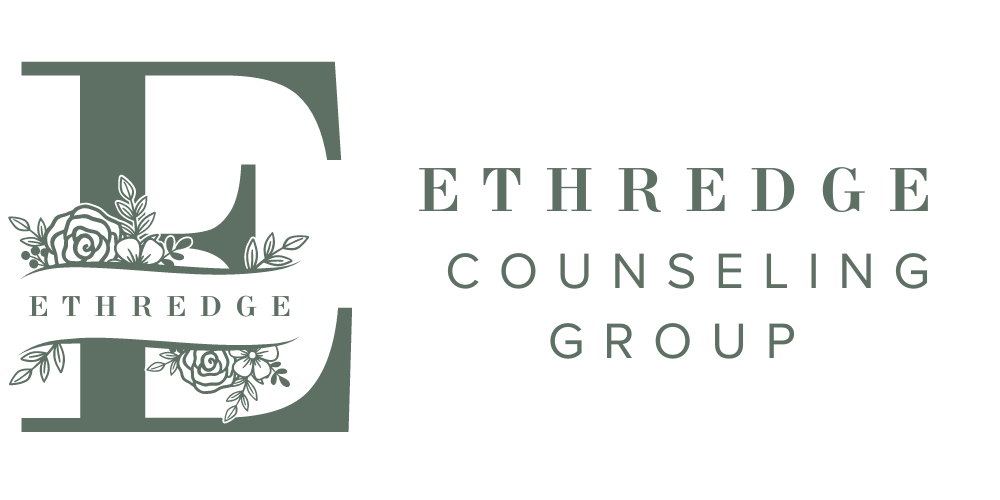Growth Through Reconstruction: Creative Coping, pt III
Collaging & Vision Boarding: Growth through Reconstruction
You may read the word “collage” and immediately be taken back to elementary school with an assignment where you sorted through a big box of old magazines that had been used for years for some sort of history assignment.
Perhaps you think of vision boards and think “that’s a cute idea,” but I have no idea how one goes about making one or if it’s anything more than just a cute idea.
There is a unique power, however, that can come through the process of collaging.
Collaging is made by sticking a variety of materials, photographs, or cuttings together to a paper or backing to make one integrated creation.
Some of the benefits of collaging are that it offers the mindfulness of actually engaging in a craft (cutting, gluing, etc), which keeps your hands and mind busy and can be a wonderful distraction or hobby to divert your attention from anxiety or troubles.
It also finishes with an end “product” which can help offer feelings of productivity and a healthy sense of control or empowerment.
This experience of feeling like you have made something can be particularly useful in a time when life feels really out of control or if you're experiencing a sense of helplessness in your life at a given moment.
This experience of “reconstructing” comes from taking existing or recycled materials to make something new.
“This experience of reconstruction can be symbolic to our unique journeys of growth, healing, or therapy.”
We don’t make up a new person entirely, but we put together all of the pieces of us that are authentic and supportive of our development.
We choose what we make of our past and what habits we want to take with us.
Past experiences, mental health issues, and trauma can lead us feeling powerless. But with mindfulness and honoring all of our parts (the good and the bad), we can create a version of ourselves that serves us and that we can be proud of.
Collaging can provide us with a tangible representation of that process.
For when you don’t have the words…
My personal favorite benefit of collaging is that it offers the medium for expression and exploration without having to find the words for it yourself.
Have you ever thought “there’s just no words for how I’m feeling right now” or “there’s no words to describe what that experience was like for me or what that person means to me” (i.e., grief, see below), collage can either provide the words for you or lay the symbols out of your experience that you get to choose!
Instead of having to come up with all of the words from within, collage allows the opportunity to explore difficult emotions or issues by interacting with external materials to see what speaks to you.
Therefore, you can learn, understand, and express yourself by using more intuition and being guided by less stress and confusion.
Visual journaling (see picture below) includes a blend of collage and journaling of using chosen written word with images, drawings, or objects to have expanded expression and also to provide more guidance or prompting for journaling.
Grief Collage
Materials: scissors, glue, magazines, household objects, construction paper or poster board
Steps:
Identify the person, place, relationship, phase of life, etc that you are grieving
Identify objects, materials, pictures, or other items that you have that are are representative of the subject of grief
Buy a couple of magazines at local store that feel symbolically or literally related to your subject of grief
Review magazines and cut out images, words, or quotes that are symbolic of your grief or the subject of your grief
Arrange your cuttings with your personal materials and paste (tape or glue) on to backing
Fill up at least 3 quarters of the backing
Reflect on what surprises you and resonates with you most about your collage
Consider whether you want to keep your collage accessible or displayed as a way to honor your grief or the subject of your grief
Vision Boards:
Vision Boards are a form of collage that project your goals, aspirations, and dreams for the future into another tangible creation that you can hang up as a reminder.
Vision boards offer a platform for exploring goal setting with more mindfulness, intuition, and with a focus on aspirations without the pressure, expectations, or measurements of most goal setting tactics.
You get to think about what you want of yourself and life with more freedom and fun and less expectations!
How to make a Vision Board:
Materials: scissors, glue, magazines, household objects, construction paper or poster board
Steps:
Identify what areas in your life you want to set goals in or make changes in (ex: work, friends, fitness, healing, confidence, etc.)
Keep your core areas in mind as your guides throughout your entire vision board process
Identify objects, materials, pictures, or other items that you have that are are representative of growth or your potential in these areas
Buy a couple of magazines at local store that feel symbolically or literally related to your goals or aspirations
Review magazines and cut out images, words, or quotes that are symbolic of your aspirations. Do not approach your selections with pre-decided intentions but let your intuition guide your choices
Arrange your cuttings with your personal materials and paste (tape or glue) on to backing
Fill up most of your board!
Consider how you’re aspirations and goals have further developed and what areas you are feeling most connected to and inspired by
Put on display for regular inspiration!
Examples of a 1) Collage 2) Visual Journal 3) Vision Board
If you live in South Carolina and are interested in mental health counseling, you can schedule a 15min free consultation with a licensed professional counselor by following the link below!




